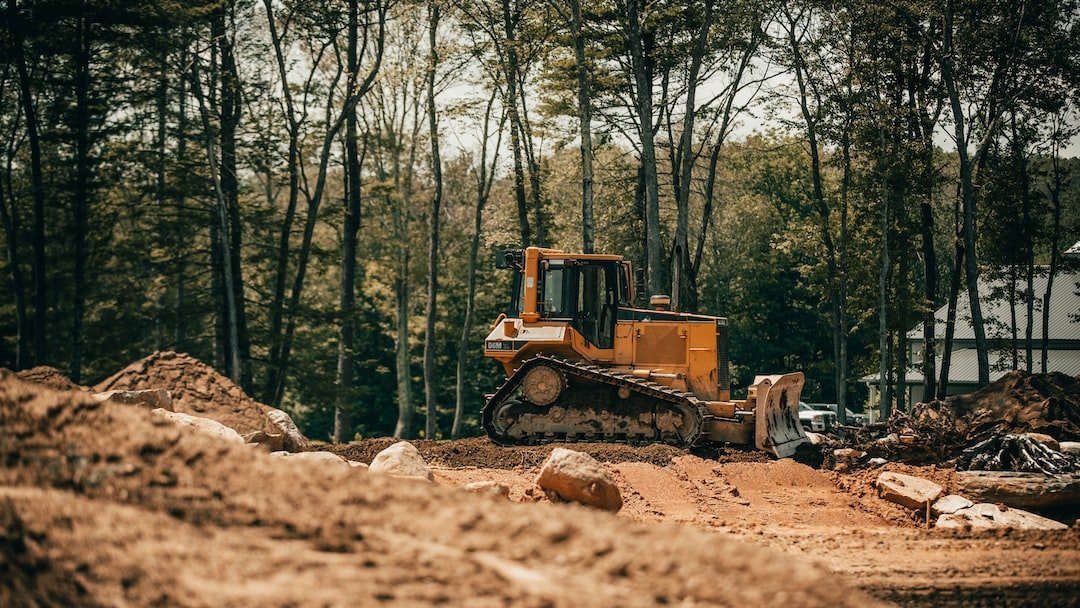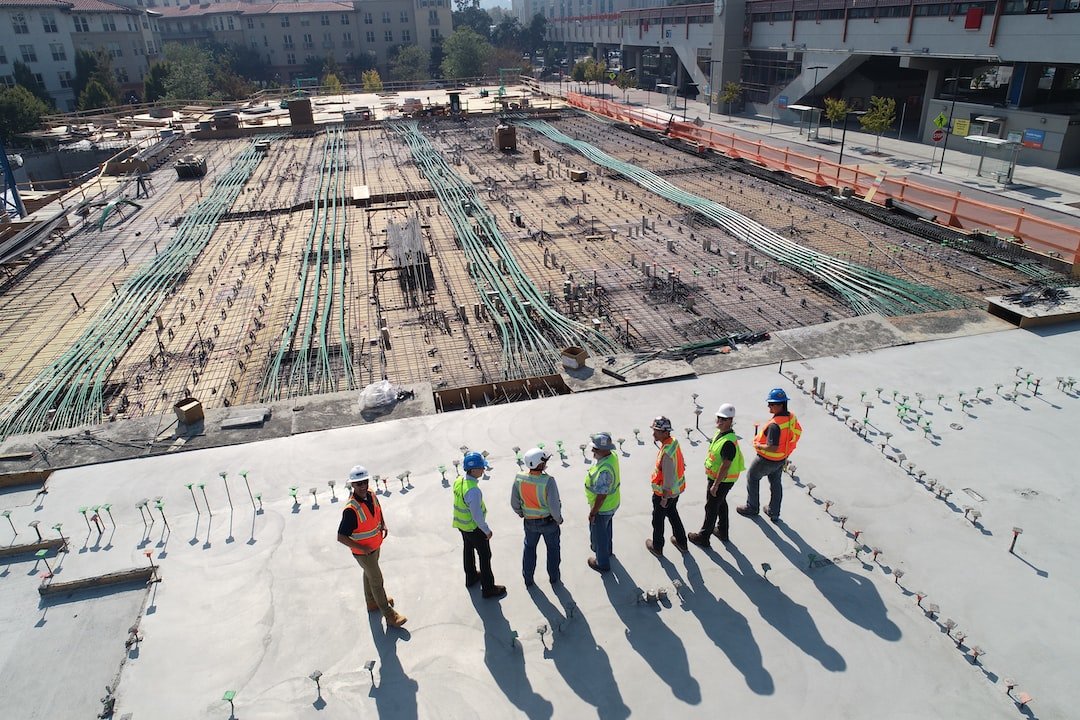Debunking Common Myths About Real Estate Development
Posted by Reed Jimenez on Monday, March 4th, 2024 at 9:52am.
Introduction:
In the world of real estate development, misconceptions often surface, leading to misunderstandings about its accessibility, impact, and necessity. From the belief that development is solely the domain of large corporations to concerns about its potential negative effects on communities, these myths can obscure the diverse opportunities and positive contributions that real estate development can offer. In this blog post, we'll delve into five common myths surrounding real estate development, shedding light on its transformative potential and dispelling misconceptions along the way. By challenging these myths and exploring the nuanced reality of real estate development, we aim to foster a more informed and balanced understanding of its role in shaping our communities and built environment.
1. Myth: Real Estate Development Is Only For Large Corporations
Real estate development has long been perceived as the domain of large corporations with hefty financial backing. However, this myth overlooks the significant role that small-scale developers and individuals play in shaping our built environment. From revitalizing neighborhoods to repurposing historic properties, there are many examples of successful projects by passionate individuals and community-driven initiatives. Through avenues like crowdfunding, collaborative partnerships or private loans, real estate development has become more accessible and inclusive than ever before. By embracing creativity, innovation, and strategic vision, developers of all sizes can make meaningful contributions to their communities.
2. Myth: Real Estate Development Always Leads to Gentrification

A prevailing concern surrounding real estate development is its potential to fuel gentrification and displace long-standing communities. While this is a valid concern, responsible development practices can mitigate these negative effects. By prioritizing community engagement, affordable housing provisions, and sustainable design, developers can create inclusive spaces that uplift rather than displace communities. Thoughtful urban planning and policy interventions can further ensure that development benefits all residents, fostering vibrant and diverse communities. By embracing principles of equity, diversity, and inclusion, developers can play a proactive role in addressing the challenges of gentrification and fostering equitable growth for all.
3. Myth: Real Estate Development Is Detrimental in Communities Experiencing Population Growth
Contrary to popular belief, real estate development plays a crucial role in communities experiencing population growth. Rather than exacerbating challenges such as strain on infrastructure and resources, strategic development can alleviate these pressures by providing essential housing, commercial spaces, and amenities. By leveraging data-driven analysis and community input, developers can identify opportunities to enhance livability and sustainability while accommodating growing populations. Through careful planning and collaboration with local officials, developers can support the needs of expanding communities while enhancing overall quality of life and fostering a sense of belonging.
4. Myth: Real Estate Development Negatively Impacts Communities
Often there is a notion that real estate development inevitably harms communities, but this overlooks the potential for positive impact. By prioritizing community engagement and utilizing recommendations from local officials, developers can create spaces that enrich rather than erode community fabric. Additionally, having a focus on affordable housing provisions, and sustainable designs, developers can enhance a community while addressing specific needs within the area.

From mixed-use developments that promote walkability and social interaction to adaptive reuse projects that preserve local heritage, real estate development can contribute to thriving and resilient communities. By fostering connections, enhancing accessibility, and promoting social cohesion, developers can create places where people can live, work, and thrive together.
5. Myth: Real Estate Development Always Leads to Environmental Harm
Concerns about environmental degradation often accompany discussions about real estate development. However, sustainable development practices have emerged as a solution to this myth. Through green building initiatives, energy-efficient design, and resource conservation measures, developers can minimize their environmental footprint and even contribute positively to ecosystem health. By embracing innovation and responsible utilization of natural resources, real estate development can coexist harmoniously with the environment. From green roofs and rainwater harvesting systems to energy-efficient building materials and solar power installations, developers have plenty of tools at their disposal to create spaces that are both environmentally sustainable and socially beneficial.
Conclusion:
Dispelling myths surrounding real estate development is essential to fostering a more informed and nuanced understanding of its role in shaping our communities. By challenging misconceptions and highlighting the diverse opportunities for positive impact, we can embrace real estate development as a catalyst for inclusive growth, sustainable progress, and vibrant communities.
Call to Action:
We invite you to join the conversation and share your thoughts on real estate development myths. Have you encountered any other misconceptions? How do you believe real estate development can contribute positively to communities? Let's continue to debunk myths and explore the transformative potential of responsible development together.


